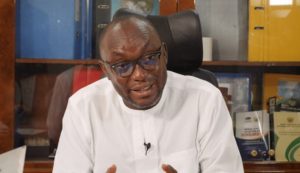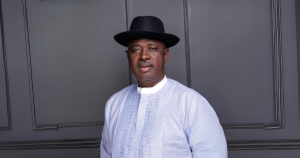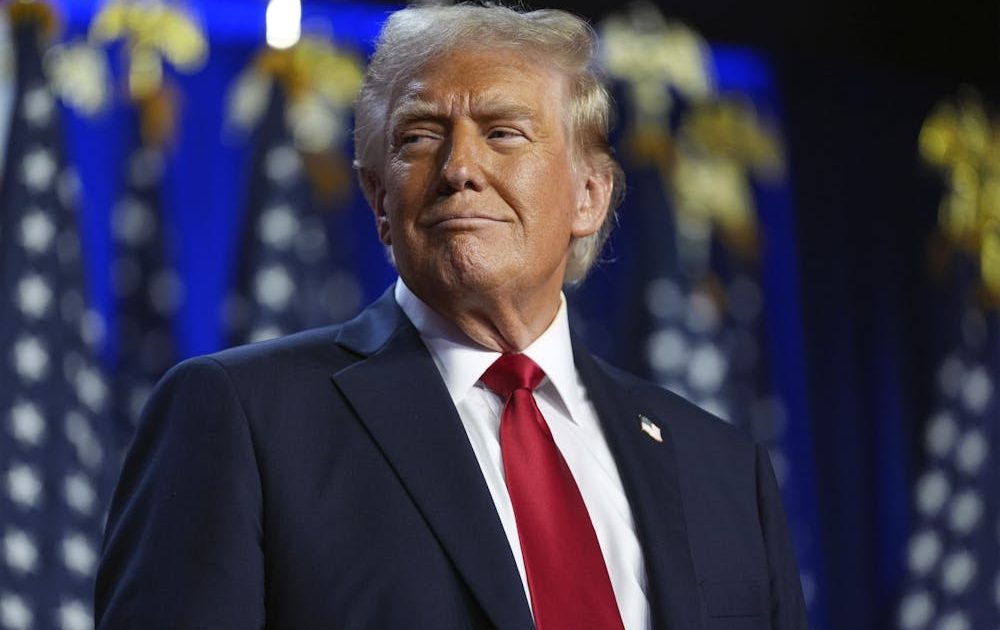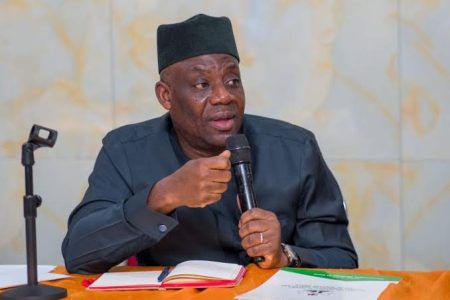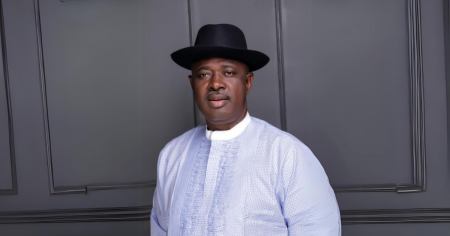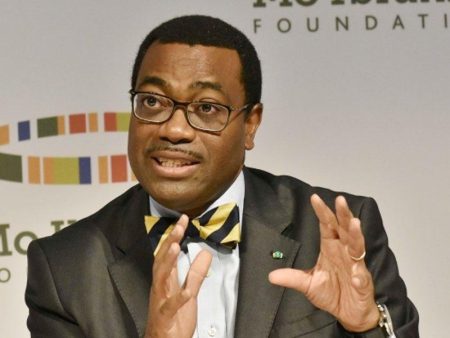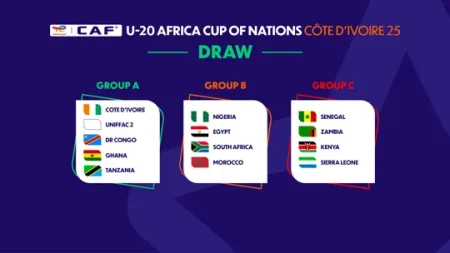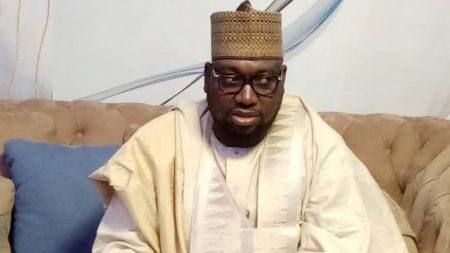The recent announcement by former US President Donald Trump, agreeing to initiate peace talks with Russian President Vladimir Putin regarding the war in Ukraine, has sparked a wave of concern and criticism among European allies. Secretary of Defense Pete Hegseth defended Trump’s move, asserting that seeking peace is not a betrayal of Ukraine but a reflection of the global interest in ending the conflict. Hegseth emphasized the necessity for both sides to acknowledge and accept concessions during negotiations, setting the stage for potential compromises that have already raised eyebrows across the Atlantic.
Hegseth further delineated the US expectations for a resolution, including the acceptance that Ukraine may not regain all lost territories and that NATO membership for Ukraine is not a realistic outcome in the near term. He also underscored a shift in responsibility, stating that Europe must now assume the primary role in providing aid to Ukraine, and that the US will not commit to troop deployments as a security guarantee under any peace agreement. This stance, reflecting a potential recalibration of US foreign policy under a second Trump administration, has amplified anxieties among European partners already wary of Trump’s perceived affinity with Putin.
European leaders have reacted sharply to Hegseth’s pronouncements and Trump’s overture, with many expressing alarm over the perceived concessions made to Russia even before negotiations have commenced. German Defence Minister Boris Pistorius voiced regret over the preemptive nature of these concessions, arguing that discussions about Ukraine’s NATO membership or territorial compromises should be reserved for the negotiating table, not dictated beforehand. This sentiment reflects a broader European concern that Trump, in his eagerness to secure a peace deal, might pressure Ukraine into accepting unfavorable terms that would embolden Putin and destabilize the region further.
A central theme in the European response is the insistence on Ukraine’s and Europe’s integral participation in any peace negotiations. Statements from high-ranking officials from Germany, France, Poland, Britain, the Netherlands, and Estonia all echo this crucial point. They underscore that any negotiations concerning Ukraine’s future must involve Ukraine as a central actor, with its voice heard and its interests respected. This reflects not only a commitment to Ukrainian sovereignty but also a strategic understanding that a sustainable peace requires the buy-in of those most directly affected by the conflict. The financial and material investments made by European nations in supporting Ukraine further solidify their stake in the outcome of any peace process.
The underlying fear among European allies is that Trump, prioritizing a swift resolution, might coerce Ukraine into a disadvantageous peace deal that leaves them vulnerable to future Russian aggression. This fear is exacerbated by Trump’s past rhetoric and actions, perceived as sympathetic to Putin, and by the potential for a Trump administration to prioritize its own interests over those of its allies. The European emphasis on inclusivity in the negotiation process reflects a determination to prevent such a scenario, ensuring that any peace agreement addresses Ukraine’s security concerns and the broader European security landscape.
The contrasting approaches of the US, as articulated by Hegseth, and the European allies highlight the complexities and challenges inherent in achieving a just and lasting peace in Ukraine. While the desire for an end to the conflict is shared, the means to achieve it, and the specific terms of any agreement, remain deeply contested. The European insistence on Ukraine’s and Europe’s active involvement in the negotiation process underscores their determination to safeguard Ukrainian sovereignty and prevent a peace that merely sets the stage for future conflict. This underscores the critical need for close coordination and a unified strategy among Western allies if a truly sustainable peace is to be realized. The path forward remains uncertain, fraught with potential pitfalls, and demanding a delicate balance between pursuing peace and protecting the interests of all stakeholders, particularly Ukraine.


